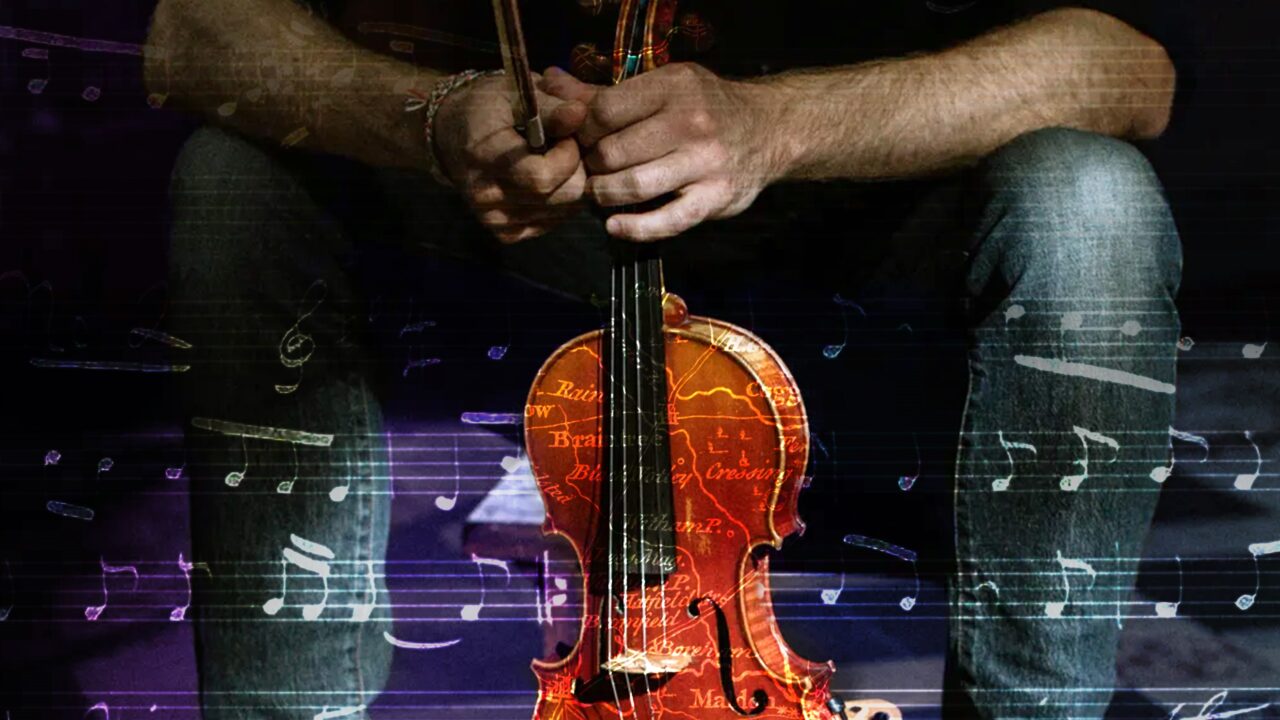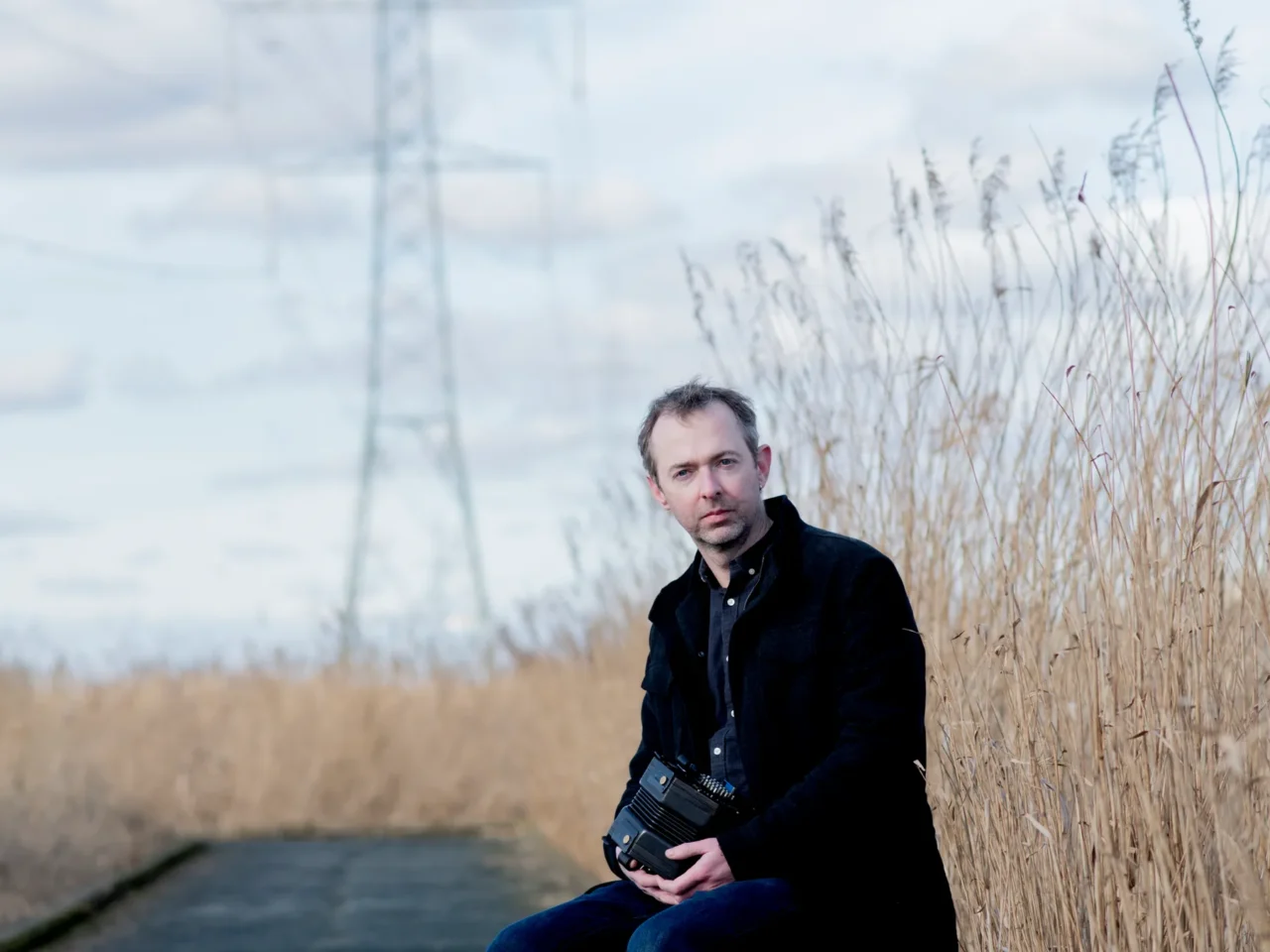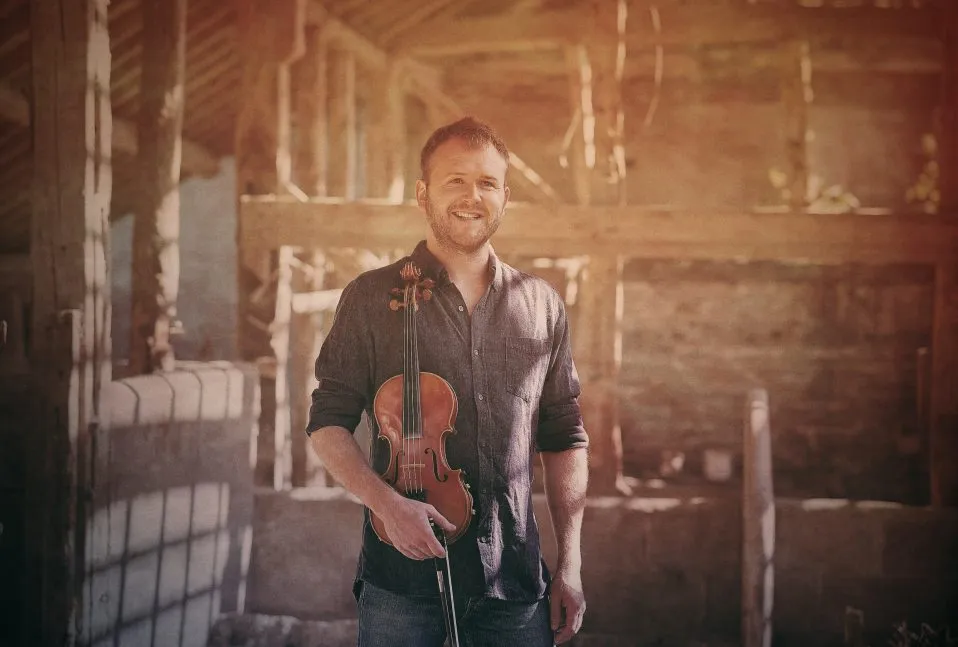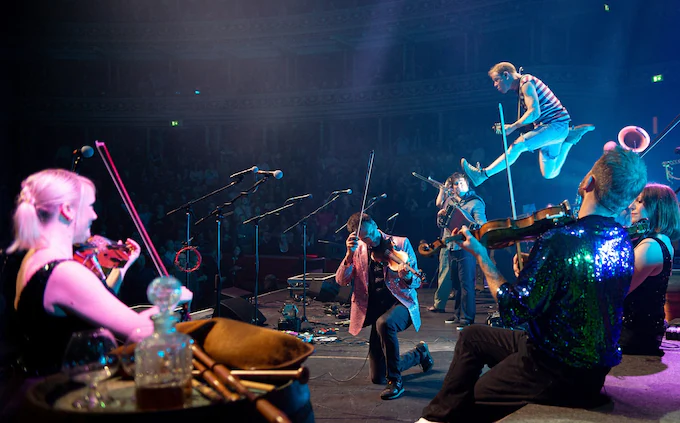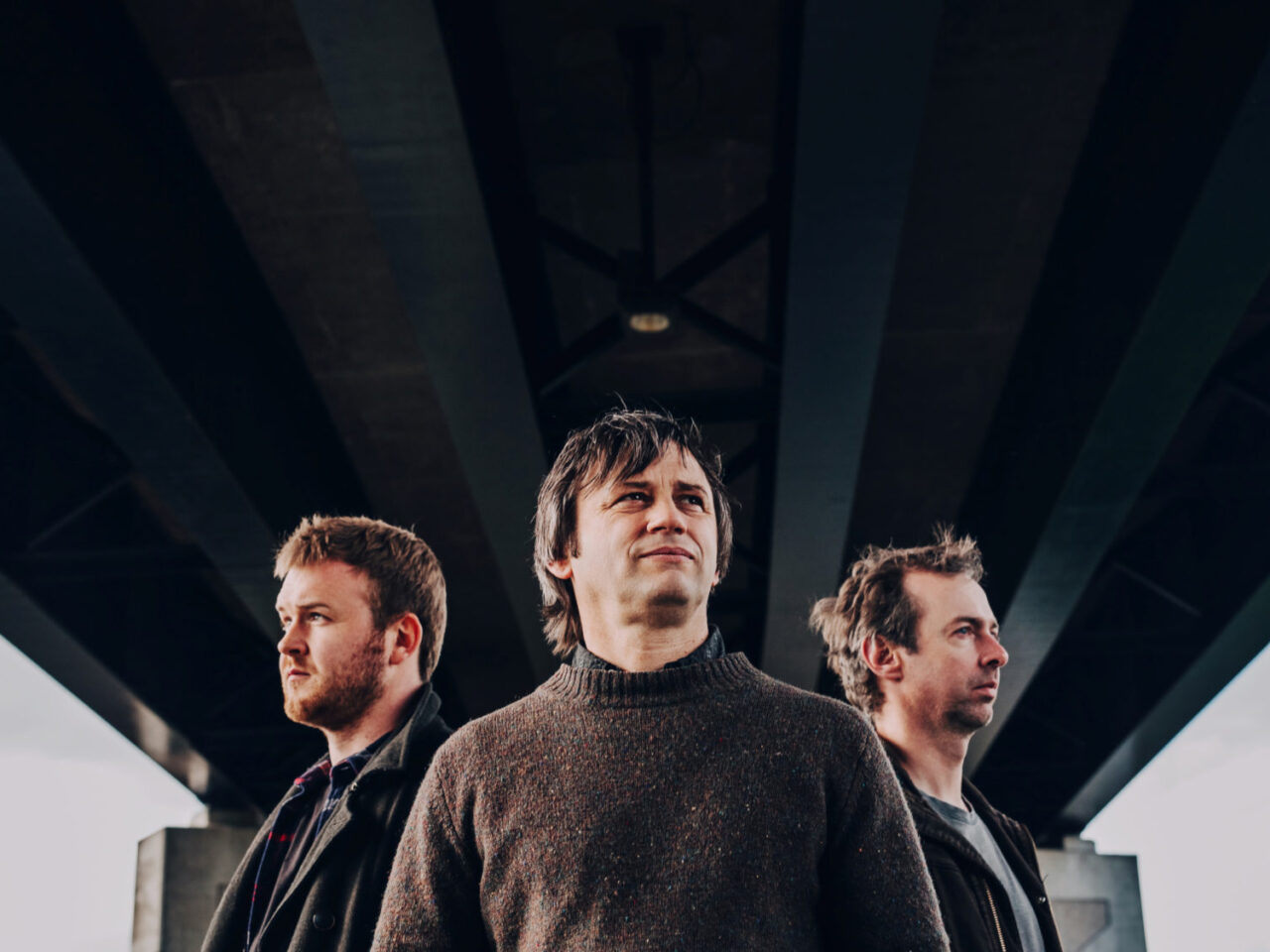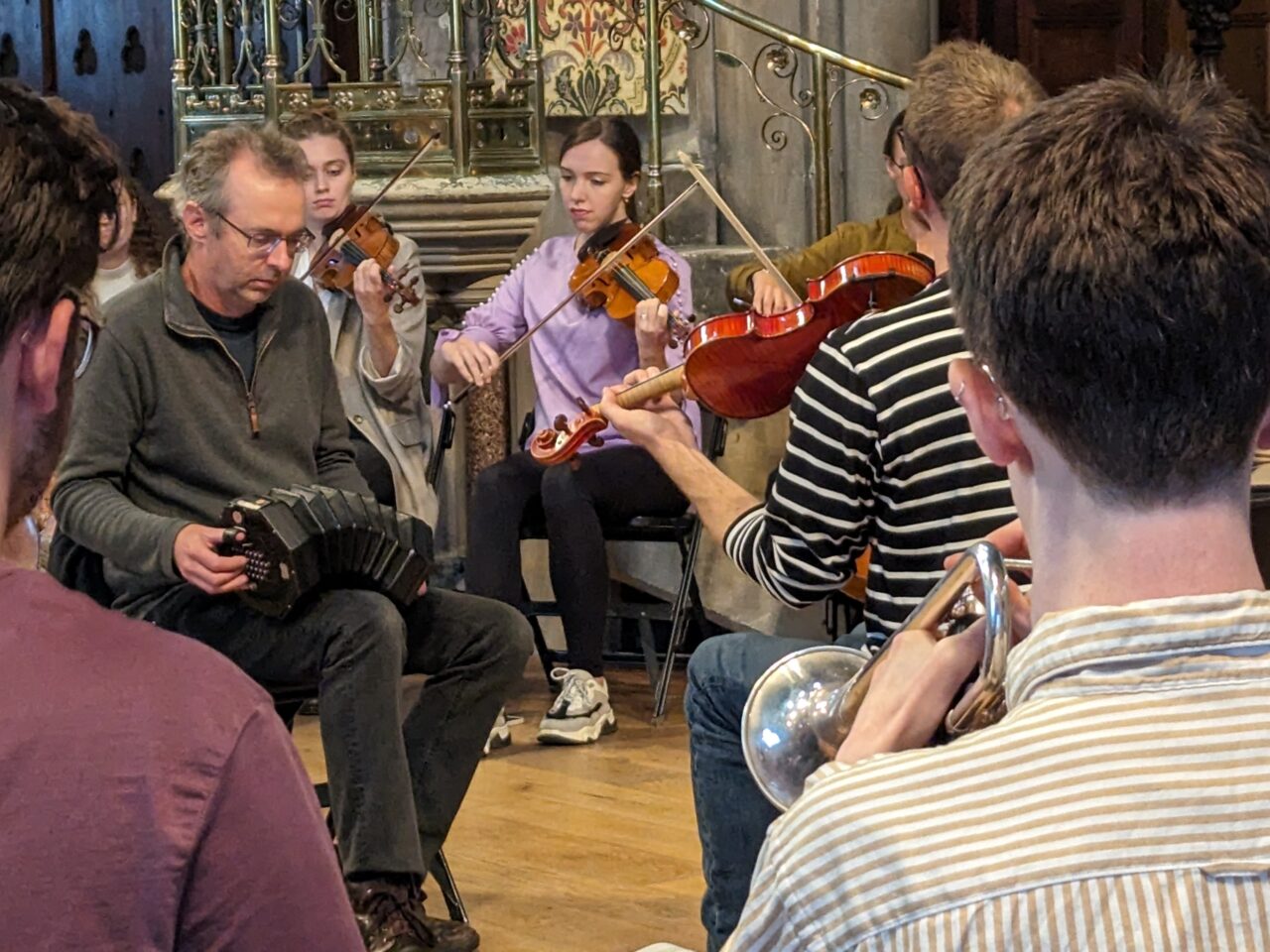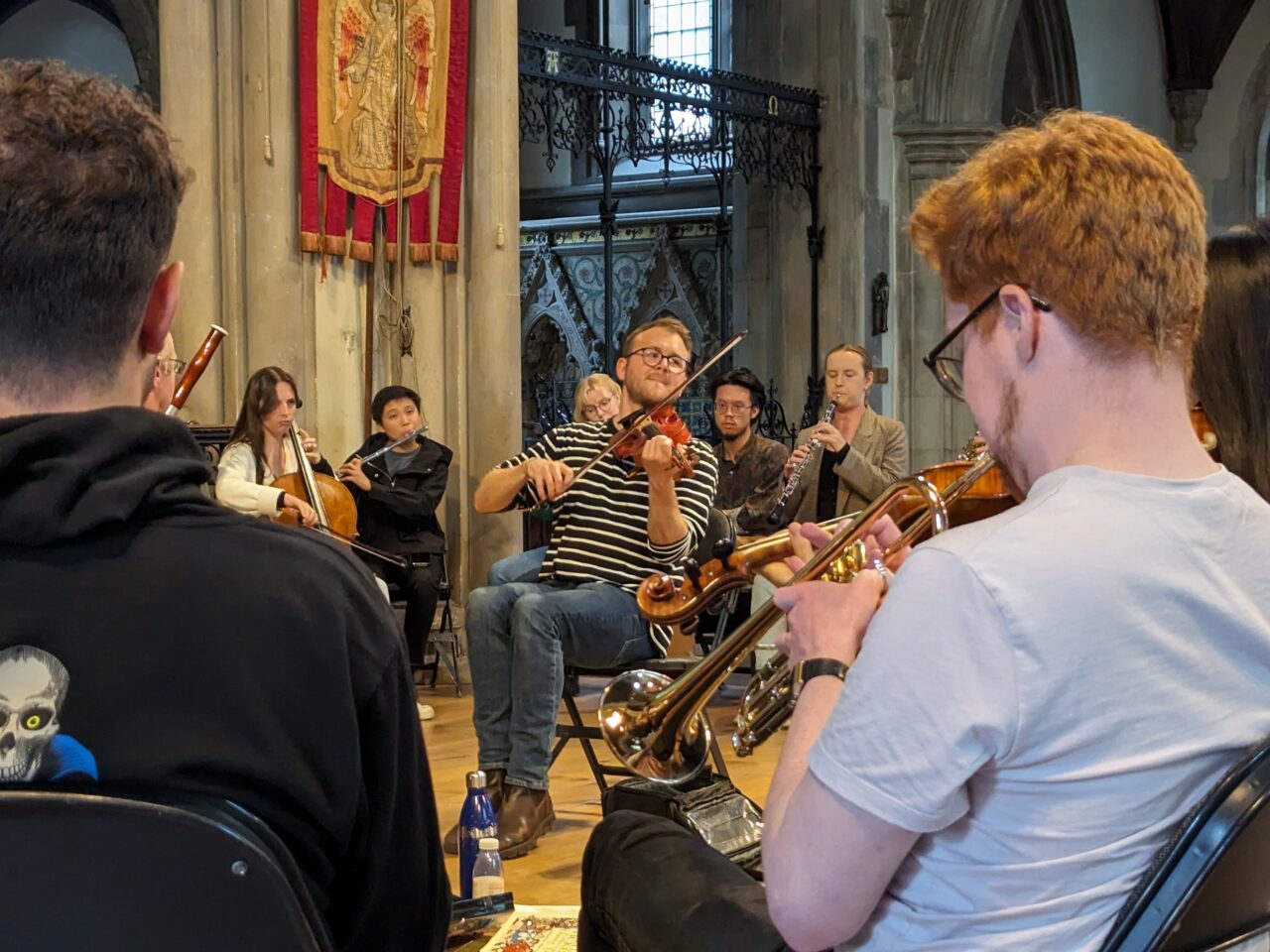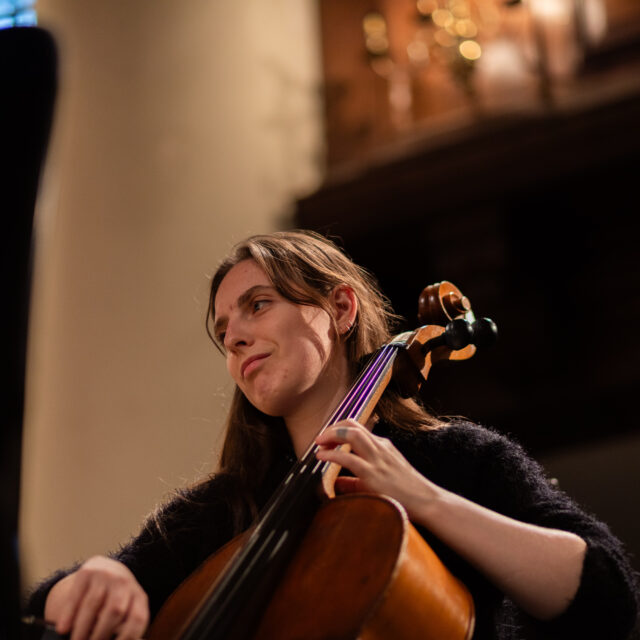Entering that first session, I had little expectation of how enjoyable it would be. Sam and Rob introduced themselves and their ideas for our project: we would be performing works by ‘The Collectors’ as well as our own folkie arrangements of tunes. The plan was to discover these folk tunes for ourselves by either listening or rummaging around written folk music sources. Or, as Sam called it, we’d be submerged in the proverbial Folk Bath.
‘The Collectors’ were composers such as Gustav Holst and other big-time folk fans like Cecil Sharp, who travelled around the countryside at the turn of the last century and recorded local melodies. Traditionally these melodies were passed down aurally, meaning players learned the tunes by ear. This meant that there were a lot of potential variations of one tune, as people added their own flair and musical ideas. There’s a whole PhD in there somewhere about the aural tradition of folk music and the changes that modern technology, life, and musicking have had on the art form. Certainly, the collectors felt that there was a risk of these wonderful and unique ideas being lost to time, which is why they went out of their way to enshrine their essence. After the melodies were written down, they were adapted into compositions by their respective collectors. Take Béla Bartók’s work ‘Romanian Folk Dances’ as an example.
The main written source we used to discover Folk melodies was the library at Cecil Sharp House in Camden. A key manuscript was John Playford’s ‘The Dancing Master,’ which was a book of English Country dance tunes—amazingly, it was first published in 1651! If you open a copy of The Dancing Master, you’ll find a treasure trove of tunes but very little information besides the most basic dots on the page indicating a shape of the melody. It’s up to you, the folkie, to interpret them and furnish a tune with a counter melody, bass line, or even basic music theory principles like a key signature or time signature. It was at this point that I, a self-professed music theory sufferer, started to get nervous. As a classical musician, my skill set is curated towards reading sheet music and technically mastering my instrument. In situations where learning by ear or improvisation is required, I often feel like a duck out of water.
However, Sam and Rob quickly put my fears of painstakingly analysing each and every theoretical principle of a folk tune to rest when they mentioned that the third member of Leveret didn’t even read notated music. If Andy Cutting can become a three-time BBC Folk Awards Best Musician, then I think that little old orchestral musician-me will be just fine. We sat in the round (the whole ensemble in one giant circle) with Sam and Rob in the middle facing each other. This setup highlighted the egalitarian and communal roots of folk-music. Furthermore, it was exciting to have a bassoonist close on the right and a flautist on the left when I’m used to admiring their playing from my seat in the cello section. Rob and Sam explained to us in a very nuanced and entertaining way how they approach learning and adapting a new melody. Their technique of playing together involved a lot of dance like foot tapping which added both a visual and sonic element, but most importantly kept them in time with each other. We spent some time learning a few tunes by ear, which was nerve wracking, but also satisfying to exercise a rarely used musical muscle.
